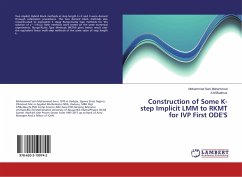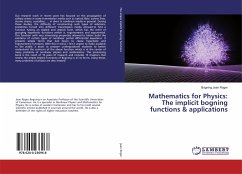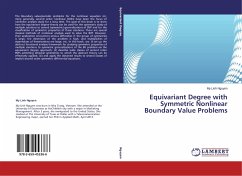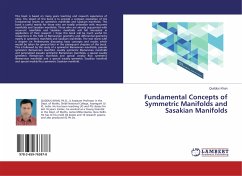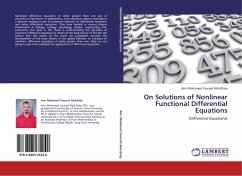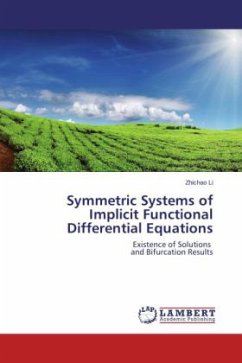
Symmetric Systems of Implicit Functional Differential Equations
Existence of Solutions and Bifurcation Results
Versandkostenfrei!
Versandfertig in 6-10 Tagen
49,99 €
inkl. MwSt.

PAYBACK Punkte
25 °P sammeln!
Many mathematical models of natural phenomena admit symmetries that are related to some physical or geometric regularities. In this way, we arrive at the following paradigmatic question: what is the link between symmetries of a differential system and symmetries of its solutions? In this book, we introduce an abstract functional analysis framework and equivariant degree methodology for studying implicit boundary value/Hopf bifurcation problems in the presence of group symmetries via the transition to the equivariant multivalued differential inclusions. The methodology is applied to three types...
Many mathematical models of natural phenomena admit symmetries that are related to some physical or geometric regularities. In this way, we arrive at the following paradigmatic question: what is the link between symmetries of a differential system and symmetries of its solutions? In this book, we introduce an abstract functional analysis framework and equivariant degree methodology for studying implicit boundary value/Hopf bifurcation problems in the presence of group symmetries via the transition to the equivariant multivalued differential inclusions. The methodology is applied to three types of problems related to symmetric implicit differential systems and the abstract theoretical results are supported by concrete examples for which full equivariant analysis is performed. Since the symmetry groups are allowed to be of a considerable size, the conducted analysis is only possible with the usage of special computer programs created by us. These programs, based on the existing GAProutines, provide a platform for effective algebraic computations of Burnside ring and Euler ring. Thus this book should be especially useful to researchers in symmetric systems and symbolic computing.



